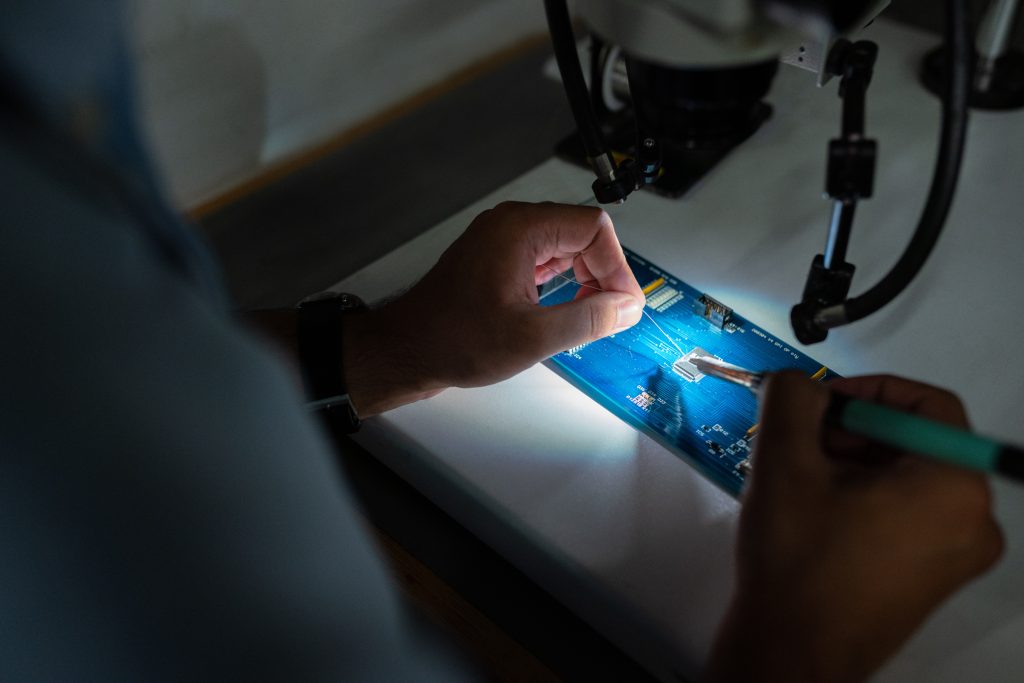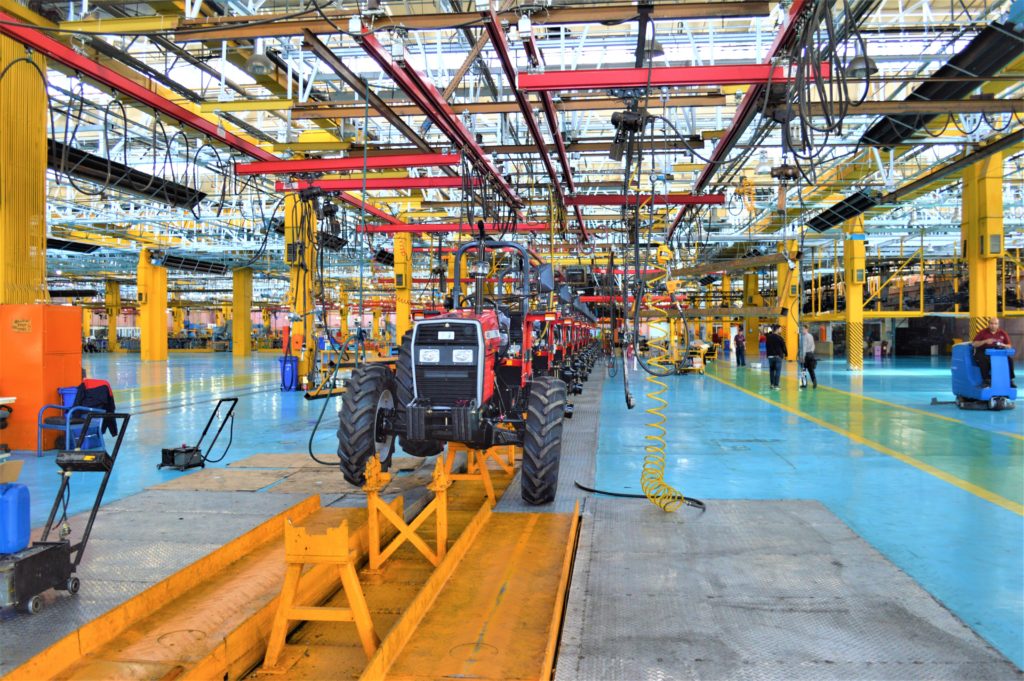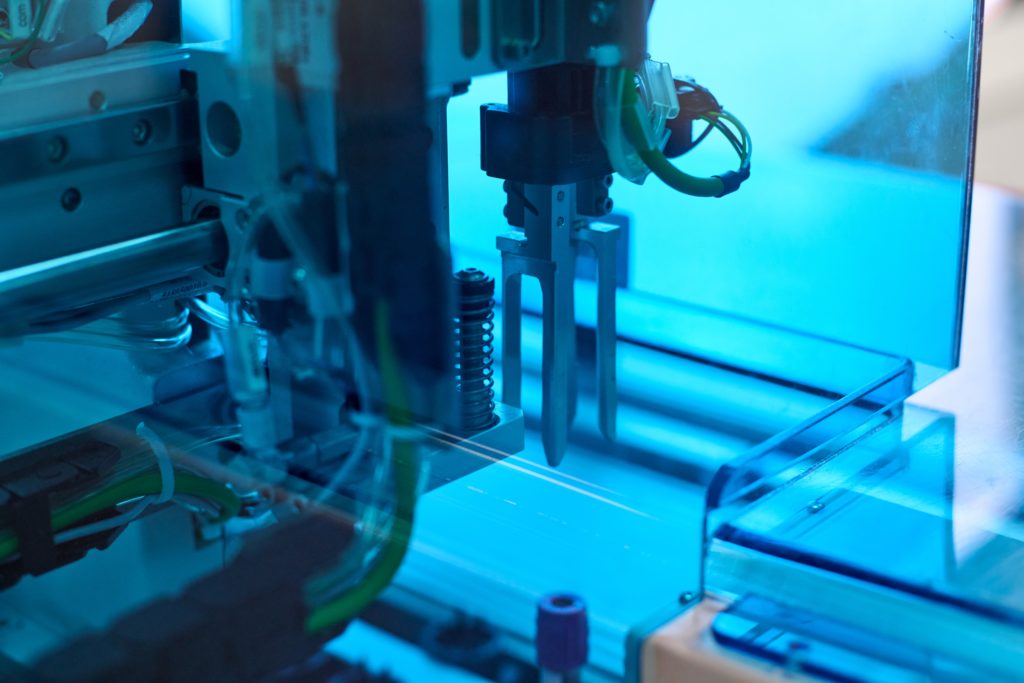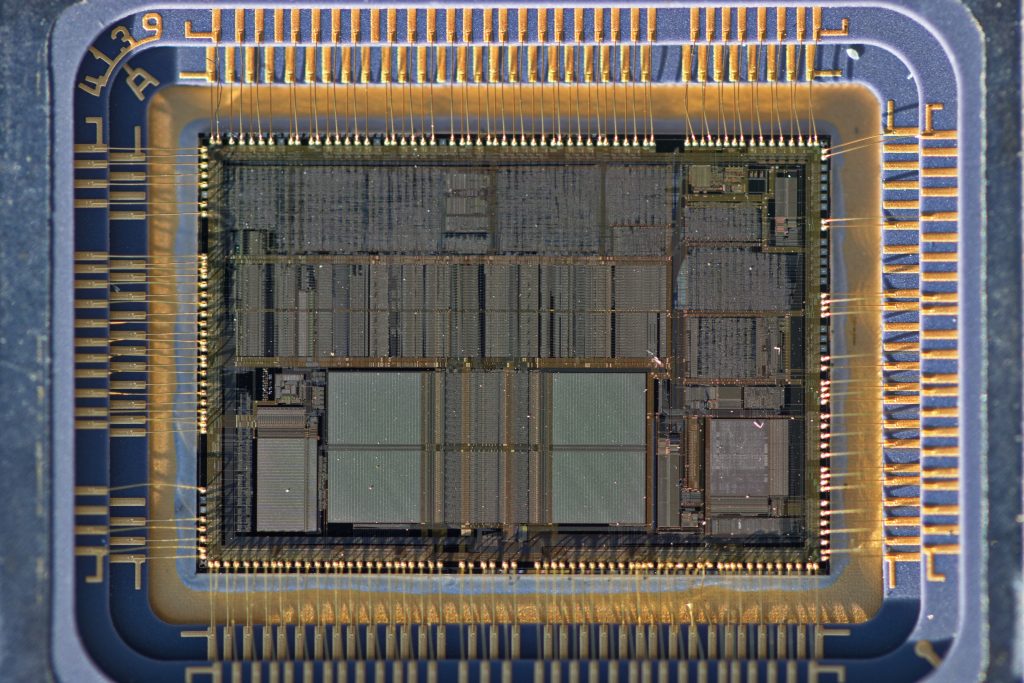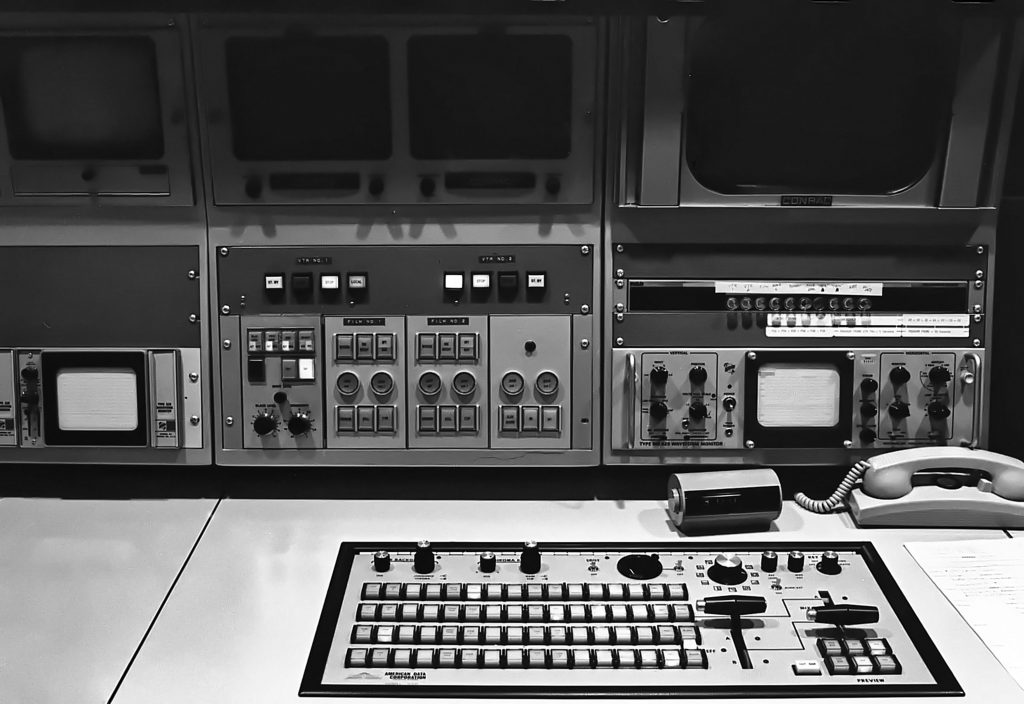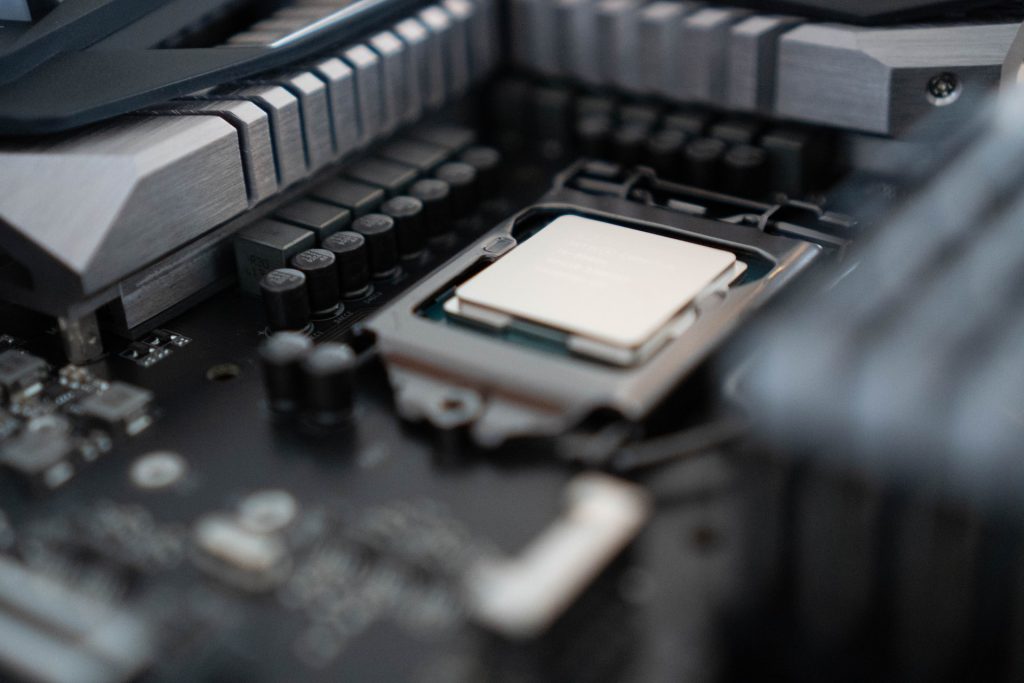Photo by ThisisEngineering RAEng on Unsplash
The semiconductor industry is constantly evolving, and one of the most promising new technologies is the semiconductor processor-in-memory (PIM). PIM is a new approach to computing that integrates processing units directly into memory chips. It can significantly improve performance and efficiency, especially for applications that require large amounts of data to be processed quickly.
There are several technical opportunities and challenges associated with PIM. One of the most significant opportunities is the potential to improve performance. PIM can reduce the time it takes to move data between memory and processing units, leading to substantial speedups for specific applications and can help to improve energy efficiency by reducing the number of transistors to be switched on.
Key Trends In The PIM market:
Increasing Demand For AI, ML, And Data Analytics Applications: The increasing demand for learning-driven applications is driving the growth of the PIM market. These applications require large amounts of data to be processed quickly, and PIM is the perfect solution to achieve this goal.
Development Of New PIM Technologies: New PIM technologies, such as 3D PIM and hybrid PIM, are expected to boost the market’s growth. 3D PIM is a type of PIM that integrates processing units in three dimensions. Hybrid PIM is a type of PIM that combines IMC and NMC.
Growing Adoption Of PIM In The Automotive And Healthcare Industries: The growing adoption of PIM in the automotive and healthcare industries will drive the market’s growth. In the automotive sector, PIM solutions can improve the performance of self-driving cars. In the healthcare industry, PIM devices can also improve the diagnosis and treatment of diseases.
High Cost Of PIM Chips: The high cost of PIM chips is a significant challenge for the market. However, as it happens, the cost of PIM chips is expected to decrease as the technology matures.
However, there are also some challenges associated with PIM. One challenge is that designing and manufacturing PIM chips can be difficult. Integrating processing units and memory cells on a single chip is a complex process that raises yield concerns. Additionally, PIM chips can be more expensive than traditional memory chips.
Despite the challenges, PIM has the potential to revolutionize the semiconductor industry. PIM can make it possible to create new types of applications that were not possible before, and it can also improve the performance and efficiency of existing applications. As PIM technology develops, it will likely move the computing industry forward faster than planned.

PIM also has several potential business opportunities for semiconductor companies. One of the most significant is the faster-than-ever-before analysis of data, thus reducing the overall time taken by different sets of learning-based applications. These applications are increasing and will continue to grow.
However, to achieve these goals semiconductor companies must invest heavily in research and development to bring PIM chips to market. Semiconductor companies must develop new business models to sell PIM chips. PIM chips are not a commodity product and will get sold to specific customers who need the performance and efficiency benefits that PIM can offer.
PIM will have a significant impact on the semiconductor industry in the years to come. PIM chips can improve the performance and efficiency of various applications and can get used in new applications that were not possible before. PIM can potentially create new markets for semiconductor chips. Additionally, PIM can help semiconductor companies to capture a share of the growing demand for artificial intelligence, machine learning, and data analytics.
Overall, PIM is a promising new technology that has the potential to revolutionize the semiconductor industry. It will also help create new markets for semiconductor chips and help semiconductor companies capture a share of the growing demand for artificial intelligence, machine learning, and data analytics.
